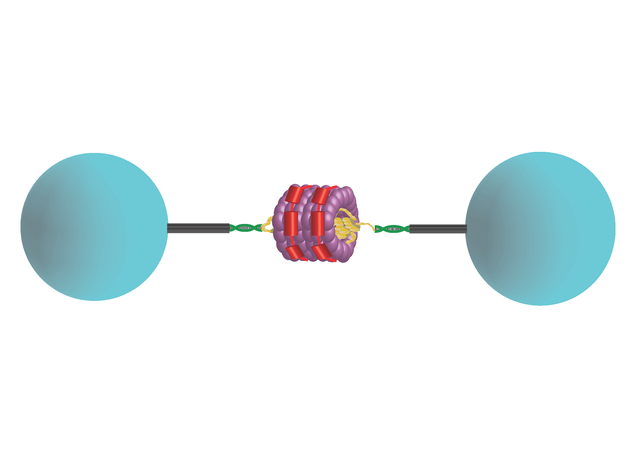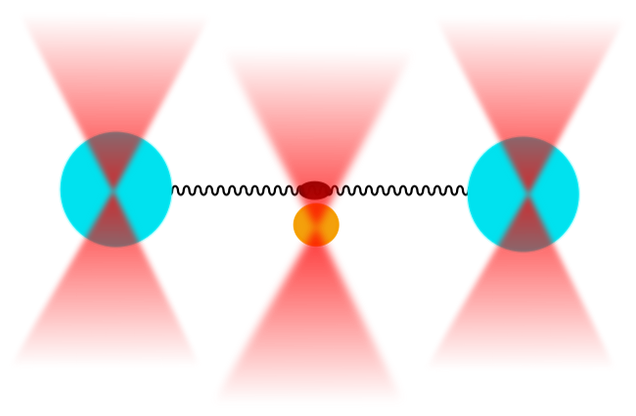Research
Manipulating Single Molecules to Uncover Structure-Function Relationships in Nano-systems
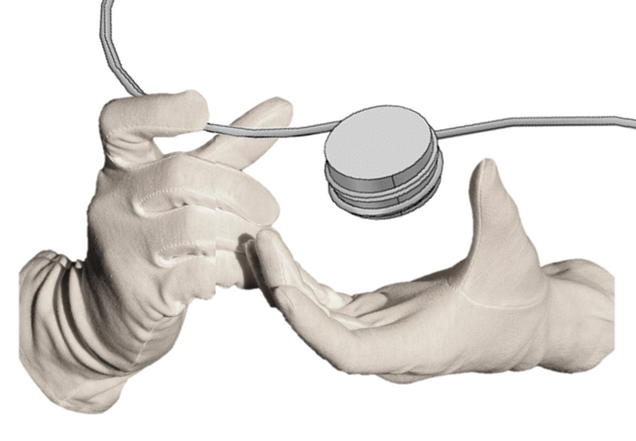
A central paradigm in molecular biology is that structure determines function. In fact, this relationship is true in all nano systems where the interface between components is a significant fraction of the overall system size. Exactly how components are arranged relative to each other–the atomic-level structure–will play a significant role in determining function.
Our lab is interested in developing new single molecule spectroscopies that allow us to untangle structure-property relationships in synthetic and biological systems on the sub-nanometer level.
Metal-molecule-metal junction conductance and geometry
We employ a home-built Scanning Tunneling Microscope Break Junction instrument to study transport in single metal-molecule-metal junctions and understand the role of linker group chemistry and junction geometry on transport properties. Some of our specific interests include conductance of quasi-1D metal-organic complexes, transport through nucleic acids and their component molecules and long-range electron transport in protein nanowires.
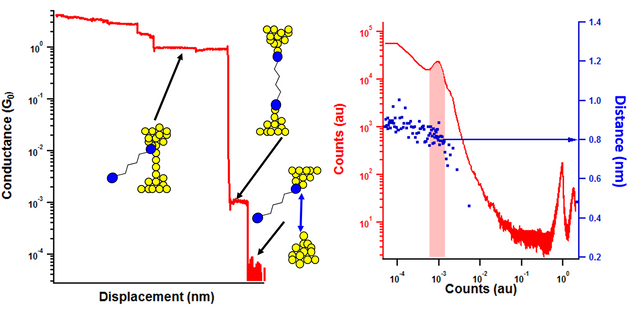
Force and Optical Spectroscopy
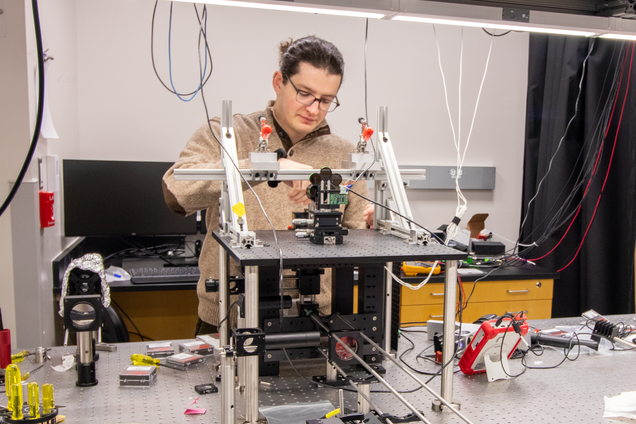 We use a home-built optical tweezer instrument (2018 Nobel Prize in Physics) to develop new nano-scopy techniques to probe structure and function of single biological as well as synthetic organic nanowires and polymers. Projects include using plasmonics for charge transport measurements in single nanowires, harnessing optically-induced forces for chemical imaging of surfaces, and probing inter-molecular interactions in biology.
We use a home-built optical tweezer instrument (2018 Nobel Prize in Physics) to develop new nano-scopy techniques to probe structure and function of single biological as well as synthetic organic nanowires and polymers. Projects include using plasmonics for charge transport measurements in single nanowires, harnessing optically-induced forces for chemical imaging of surfaces, and probing inter-molecular interactions in biology.
